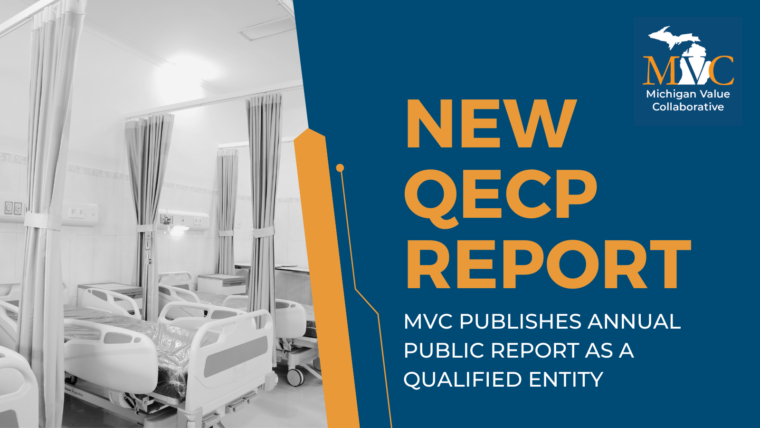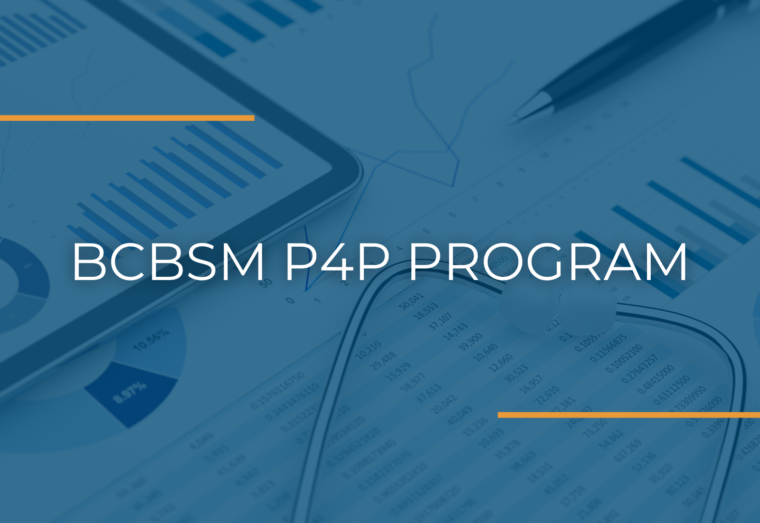To date, the MVC Coordinating Center has offered a wide range of engagement activities by which members may earn up to two engagement points and learn from the larger collaborative. These engagement activities have included: MVC’s spring collaborative-wide meeting and poster session, virtual workgroups and workgroup presentations, health equity and quality improvement surveys, and custom analytic reports, among others. Points earned through participation in these activities are tracked by the Coordinating Center with quarterly updates on point standing.
Following the dissemination of the Q2 reports, MVC identified sites at risk of finishing the year with low engagement points and will soon reach out to site coordinators to detail their available options for PY 2024 scoring. Sites that wish to take advantage of the remaining MVC engagement activities for 2024 can reference MVC’s complete list available on MVC’s P4P page. Several of these options include deadlines to request or complete a given activity by Sept. 30 to ensure its completion before the end of the year. Namely, members may submit a request no later than Sept. 30 for:
Members have until Sept. 30 to submit in Qualtrics their completed quality improvement survey (0.25).
In addition to these opportunities, MVC is hosting a virtual networking event next Tues., Aug. 13, from 12-1 p.m. This networking event titled Collaborate, Innovate, Integrate: Evaluating MVC’s PY 24-25 P4P Offerings will be an opportunity to reflect with peers on the most recent changes to point allocations for the MVC Component of the BCBSM P4P Program – including the introduction of value metrics and engagement activities. Sites who participate in this session and complete a post-networking event survey are eligible to receive 0.25 engagement points. Additional in-person networking events are currently being planned and more details with dates will be available in the coming weeks.
MVC’s in-person fall collaborative-wide meeting is scheduled for Fri., Oct. 25, at 10 a.m. at the Vistatech Center in Livonia. Members may now register through Oct.15. Hospitals can earn 0.25 engagement points for attendance by a site representative for the entire meeting. For sites that also attended MVC’s spring 2024 collaborative-wide meeting in May, a hospital can earn a total of 0.75 engagement points for attendance at both meetings, which is tracked by check-in and completion of MVC’s post-meeting survey. As part of the fall collaborative-wide meeting, MVC will again offer a poster session for members to showcase the quality improvement work happening at their hospitals and physician organizations. If you are interested in submitting a poster, please complete the poster proposal form (link) by Fri., Sept. 13. Hospitals who participate in this poster session are eligible to receive 0.5 engagement points.
MVC is currently in the process of developing its engagement point menu for PY 2025 and look forward to disseminating this to members in the coming months.
If you have any questions or would like to schedule an individual consultation to ensure your site is on track to earn the full two engagement points in PY 2024, please contact the MVC Coordinating Center at Michigan-Value-Collaborative@med.umich.edu.
Thank you for your ongoing partnership. We look forward to seeing you at future events!




























